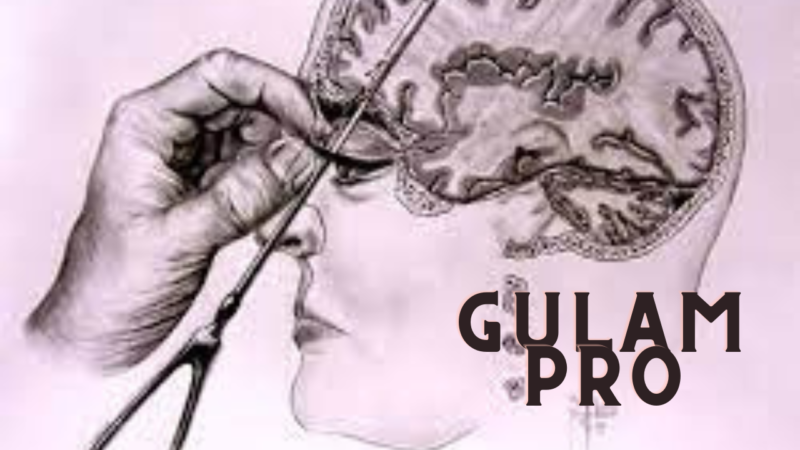WebMD: Beyond Symptom Scopes and Hypochondriac Heebie-Jeebies

For millions around the globe, WebMD is synonymous with a late-night spiral of self-diagnosis, fueled by questionable Google searches and an ominous cocktail of medical jargon. The mere mention of its name conjures images of anxious eyes glued to computer screens, deciphering the terrifying implications of an itchy earlobe.
But is WebMD truly just a breeding ground for cyber-chondriacs? Or does it hold a deeper value within the intricate ecosystem of online health information?
WebMD: A Giant in the Healthscape
Launched in 1996, WebMD has undeniably carved a niche as a leading health information portal. Its expansive reach extends beyond symptom checkers and medical articles, encompassing news, wellness resources, a thriving online community, and even partnerships with healthcare providers.
WebMD’s success hinges on several key factors:
- Accessibility: Information is readily available and presented in a user-friendly format, often employing visuals and multimedia elements to enhance understanding.
- Credibility: Content is curated by medical professionals and reviewed by a board of experts, lending an air of legitimacy and trustworthiness.
- Comprehensiveness: The website covers a vast spectrum of health topics, from common ailments to complex medical conditions, catering to a diverse audience.
- Engagement: Interactive tools like symptom checkers and personalized health guides keep users engaged and invested in their own well-being.
The Symptom Checker: A Boon or Bane?
Perhaps the most iconic (and infamous) feature of WebMD is the symptom checker. This interactive tool allows users to input their symptoms and receive potential diagnoses. While it can be a valuable starting point for understanding health concerns, it’s crucial to remember its limitations:
- Oversimplification: Complex medical conditions often present with overlapping symptoms, and the checker might overlook crucial nuances.
- Fear-mongering: The potential diagnoses presented can be alarming, even if statistically improbable, leading to unnecessary anxiety.
- Misdiagnosis: It’s imperative to remember that the checker is not a substitute for professional medical advice.
Navigating the WebMD Maze: Tips for Responsible WebMDing
So, how can one navigate the WebMD labyrinth responsibly and glean genuine value from its vast information reservoir? Here are some tips:
- Use it as a starting point, not a definitive answer: Treat WebMD information as a springboard for further research and always consult a doctor for proper diagnosis and treatment.
- Be critical of the information: Evaluate the source, currency, and accuracy of the content. Look for information authored by medical professionals or reputable institutions.
- Focus on general trends, not specific diagnoses: Don’t fixate on the most extreme possibilities presented by the symptom checker.
- Don’t self-diagnose: Remember, a website cannot replace the expertise and personalized care of a healthcare professional.
Beyond the Symptom Scope: WebMD’s Unheralded Value
It’s important to acknowledge that WebMD’s value extends beyond its symptom checker. The website offers a wealth of credible and informative health resources, including:
- News and articles: Stay updated on the latest medical advancements, research findings, and health trends.
- Wellness guides: Access resources on healthy living, nutrition, fitness, and mental well-being.
- Community forums: Connect with others facing similar health concerns and share experiences in a supportive environment.
- Medical tools and calculators: Track health metrics, calculate BMI, and explore interactive disease prevention tools.
WebMD: A Double-Edged Sword
WebMD, like any information source, is a double-edged sword. Used responsibly, it can be a valuable tool for education, awareness, and proactive health management. However, it’s crucial to approach it with a critical eye, remembering its limitations and treating it as a starting point, not a definitive answer.
Ultimately, the key to harnessing the power of WebMD lies in responsible usage, informed skepticism, and a healthy dose of common sense. So, the next time you find yourself down a WebMD rabbit hole, remember: breathe, fact-check, and above all, consult a doctor.
Beyond Text: Expanding the WebMD Experience
This article is just the tip of the iceberg when it comes to exploring the multifaceted world of WebMD. To further enrich your understanding, consider these multimedia elements:
- Infographic: A visually appealing graphic depicting the history, reach, and impact of WebMD.
- Video: A short interview with a healthcare professional discussing the responsible use of online health information.
- Interactive quiz: A fun and engaging way to test your knowledge about WebMD and responsible online health practices.
By incorporating these elements, we can create a more comprehensive and engaging experience for readers, delving deeper intotunesharemore_vertadd_photo_alternate






